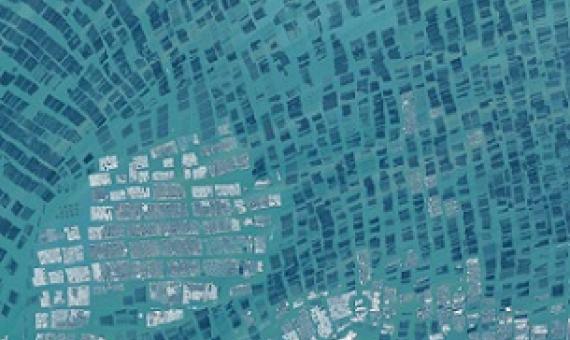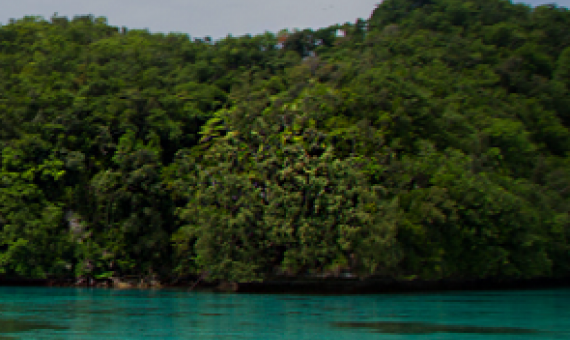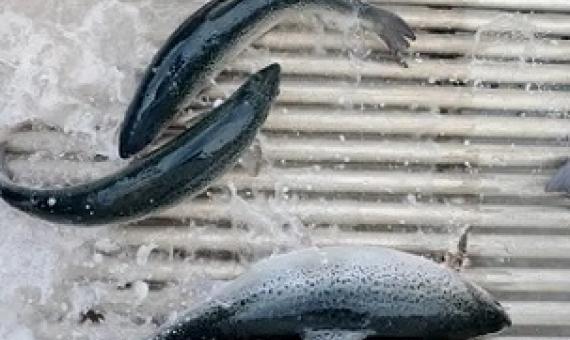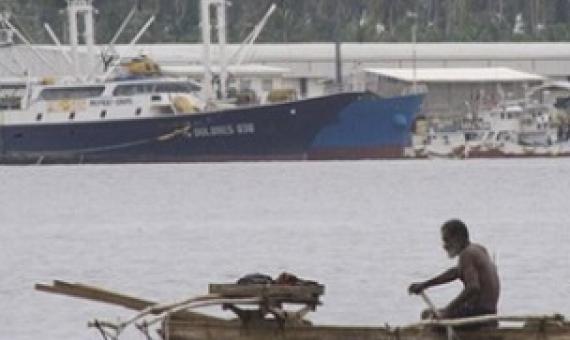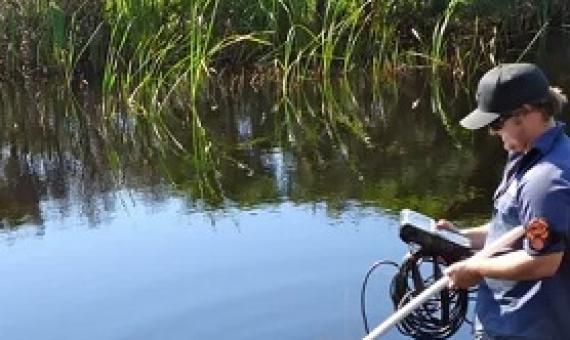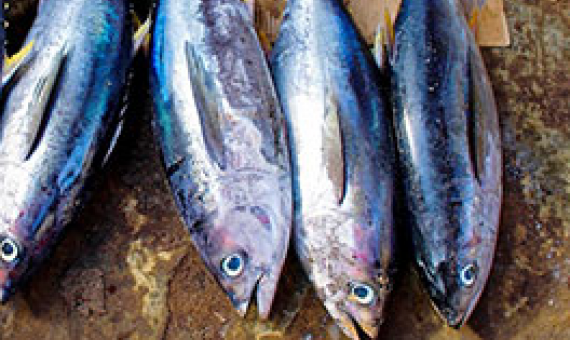Industrial chicken and salmon farms are found around the world, but nearly all of the environmental burden of these operations is concentrated on geographical hotspots, according to a study.
Harnessing the diversity of small-scale actors is key to the future of aquatic food systems
Small-scale fisheries and aquaculture (SSFA) provide livelihoods for over 100 million people and sustenance for ~1 billion people, particularly in the Global South. Aquatic foods are distributed through diverse supply chains, with the potential to be highly adaptable to stresses and shocks, but face a growing range of threats and adaptive challenges. Contemporary governance assumes homogeneity in SSFA despite the diverse nature of this sector.
Despite aquaculture's potential to feed a growing world population while relieving pressure on badly depleted oceans, the industry has been plagued by questions about its environmental impacts.
Two reports compiled by President Surangel Whipps Jr.’s Transition Subcommittee for the Ministry of Natural Resources, Environment & Tourism (MNRET) examines steps the government can take for the development and conservation of Palau’s natural resources, including domestic fisheries.
An outbreak of 50,000 Tasmanian farmed salmon could potentially “pollute” the marine environment, according to local environmentalists.
A virtual talanoa hosted by the Pacific Community exposed how constitutional rights of the individual could be at odds with indigenous practices...The discussions were based around the findings of a recent legal study on human rights in Pacific coastal fisheries and aquaculture.
The State of World Fisheries and Aquaculture 2020
The 2020 edition of The State of World Fisheries and Aquaculture continues to demonstrate the significant and growing role of fisheries and aquaculture in providing food, nutrition and employment. It also shows the major challenges ahead despite the progress made on a number of fronts. For example, there is growing evidence that when fisheries are properly managed, stocks are consistently above target levels or rebuilding, giving credibility to the fishery managers and governments around the world that are willing to take strong action.
Water in estuaries along 1,100km of Australia’s south-east coast warmed by more than 2C between 2007 and 2019, a new study finds.The rapid change could have negative effects on fisheries and aquaculture, as well as impact coastal vegetation such as mangroves, scientists behind the study said.&nbs
The State of World Fisheries and Aquaculture - Meeting the Sustainable Development Goals
The State of World Fisheries and Aquaculture 2018 highlights the critical importance of fisheries and aquaculture for the food, nutrition and employment of millions of people, many of whom struggle to maintain reasonable livelihoods...The State of World Fisheries and Aquaculture is the only publication of its kind, providing technical insight and factual information on a sector increasingly recognized as crucial for societal success.
Aquaculture production is an increasingly important component of global seafood production...According to the UN Food and Agricultural Organization’s most recent analysis of global fisheries and aquaculture, seafood production from aquaculture (excluding seaweeds) exceeded production from ma


